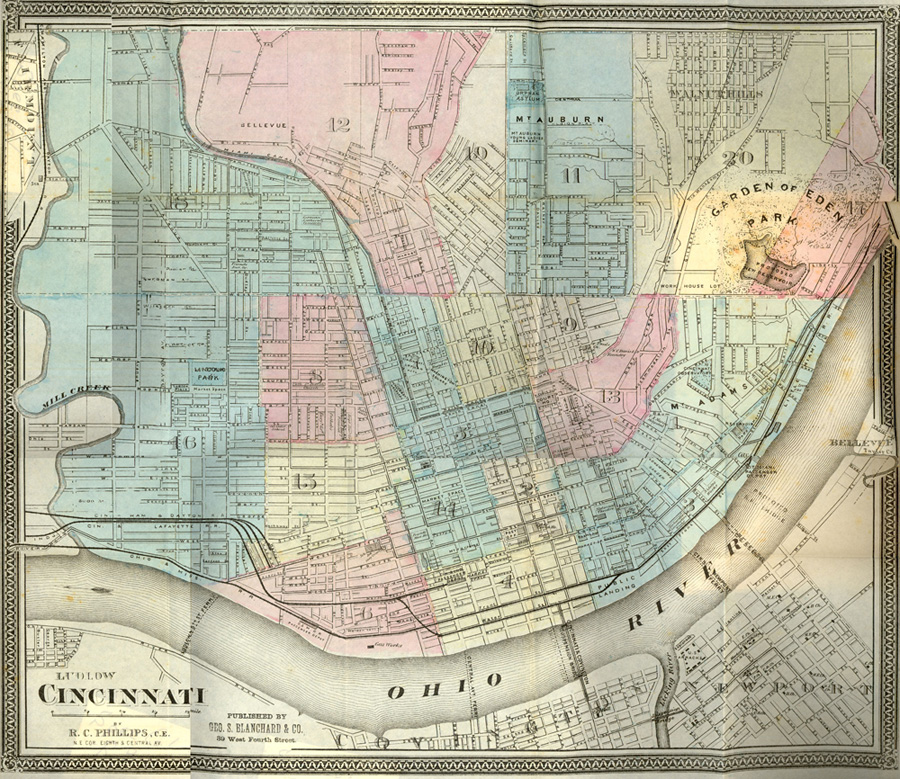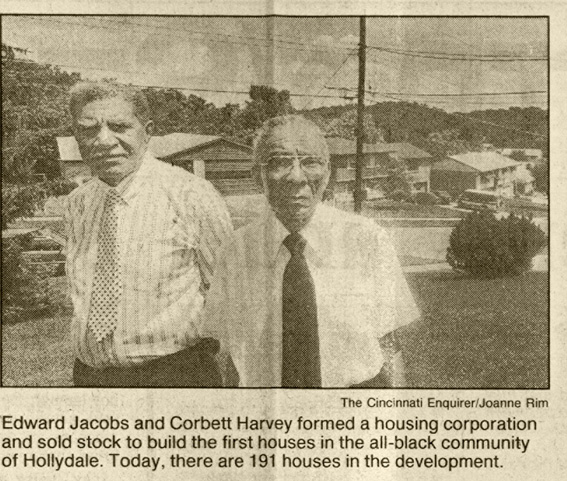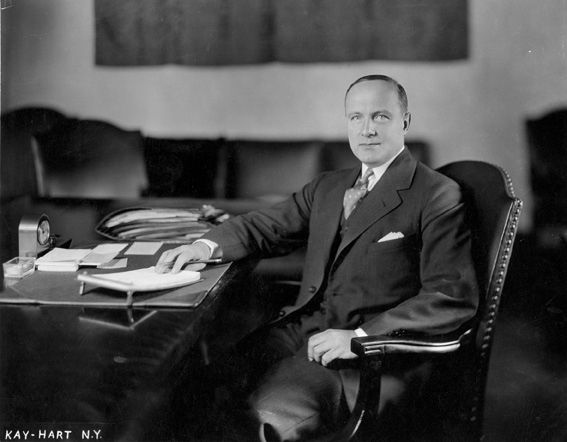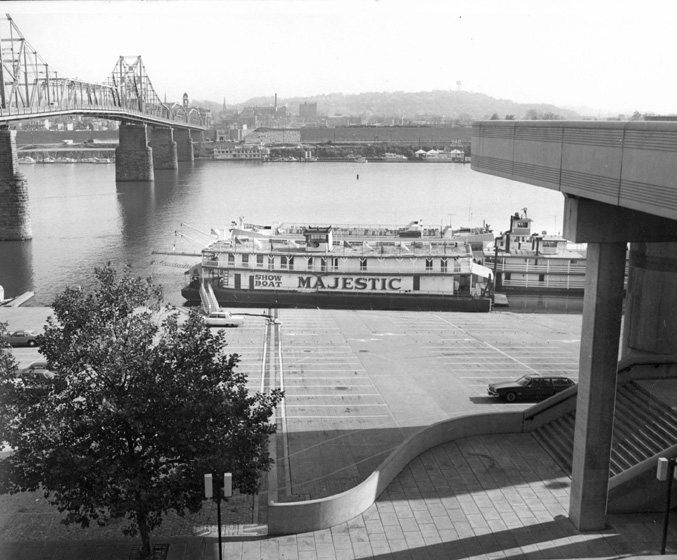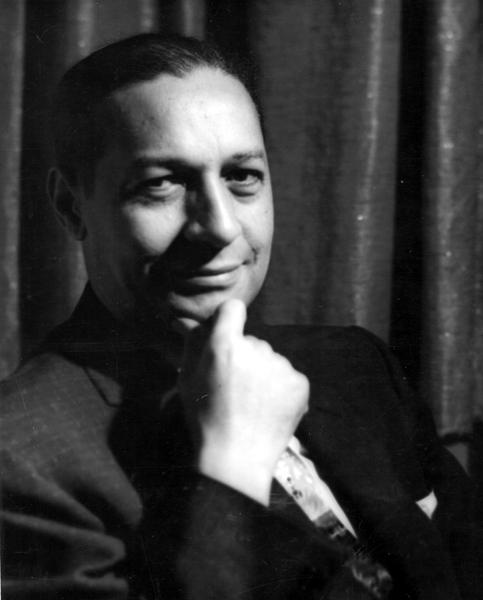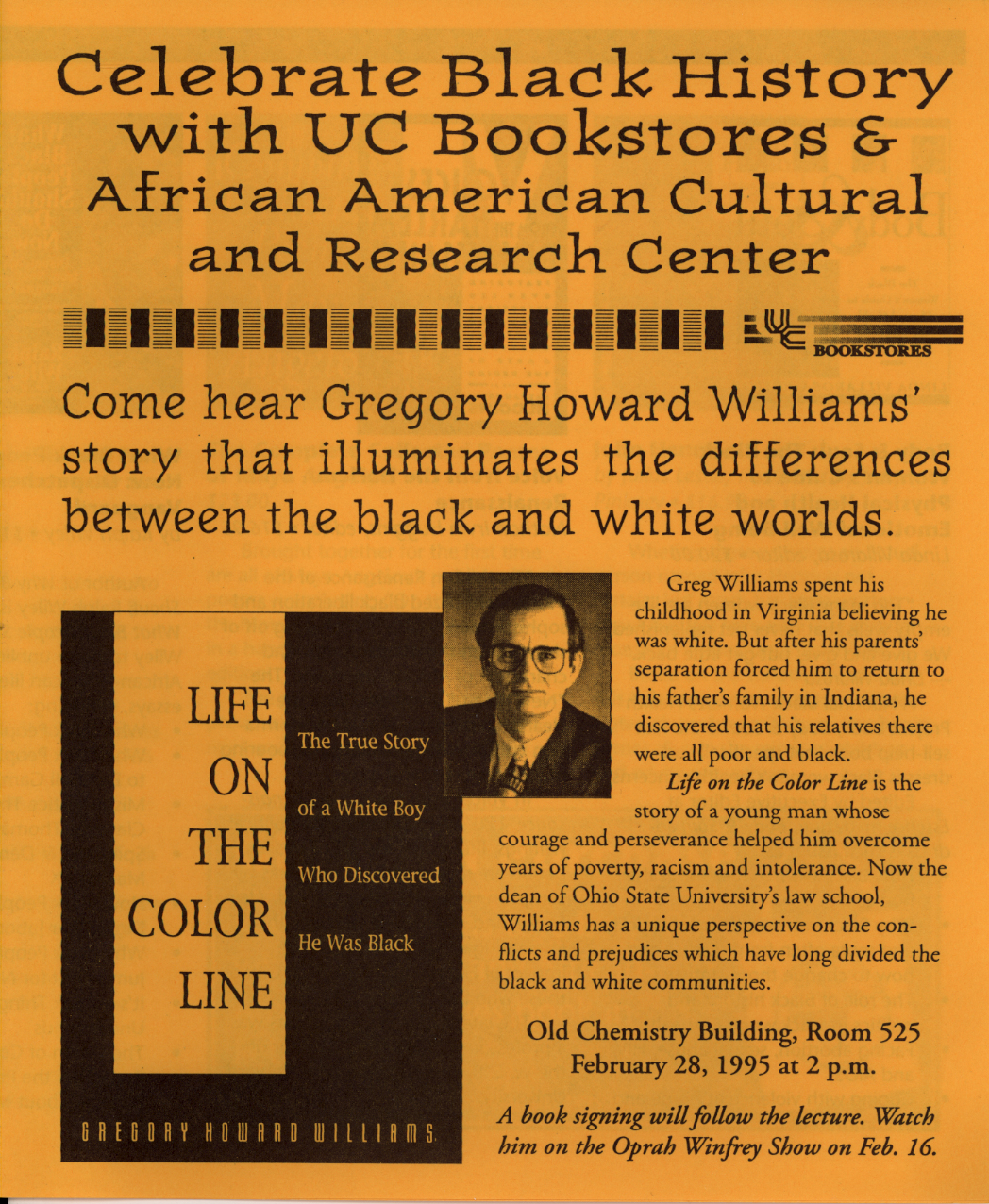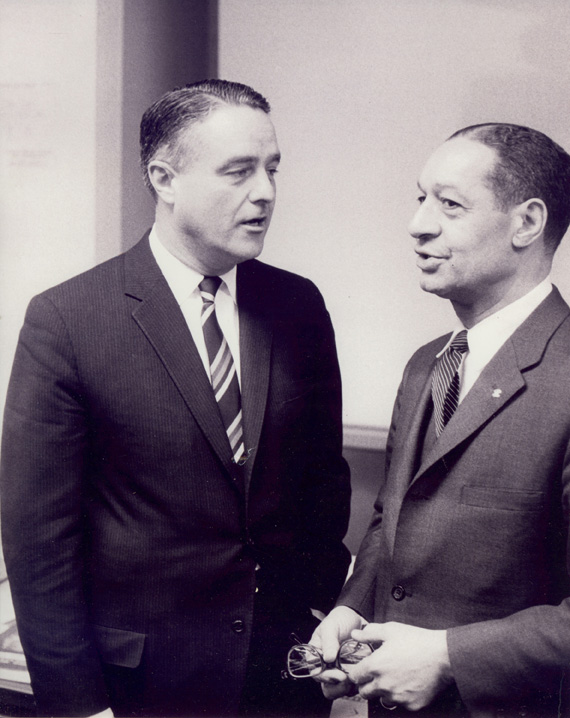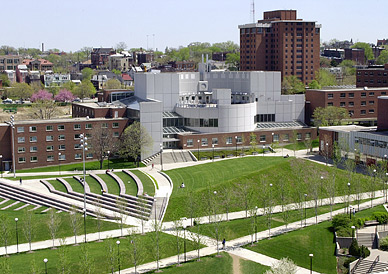By Laura Laugle
All these delays caused one huge problem: members who had been in need of homes back in 1947 found housing before homes could be built for them at Hollydale in the mid to late 1950s. The result was an enormous expense for the Cedar Grove Homestead Association, which had to refund many of its original members’ investments. Gail Berry remembers her father going to Cedar Grove meetings and to the building site at Hollydale in Springfield Township many times during her childhood. Fortunately, as Berry points out in the article to the right, this type of persistence paid off and the association managed to build a safe and stable community for Cincinnati’s black residents.
Approximately 200 homes were built in the subdivision in the middle part of the 20th century. Thanks to the efficiency of the building techniques used, the homes in Hollydale were relatively affordable. However, the people who ended up settling there were the same people who could afford to wait for houses to be built to his/her specifications and who generally had steady if not large incomes. At first glance then, it would seem that Hollydale would have had little effect on the massive overpopulation problems in Cincinnati’s low income black neighborhoods. However, this is one instance (of only a few) where “trickle down” economics seems to apply beautifully. People moving to Hollydale cleared up at least a little space in the basin of the city which, when combined with additional new housing projects like Park Town, Garden Hill and Richmond Village for which Berry acted as counsel and others like Laurel Homes and Lincoln Court eventually created enough housing to relieve much of the congestion plaguing poor black neighborhoods. Continue reading

